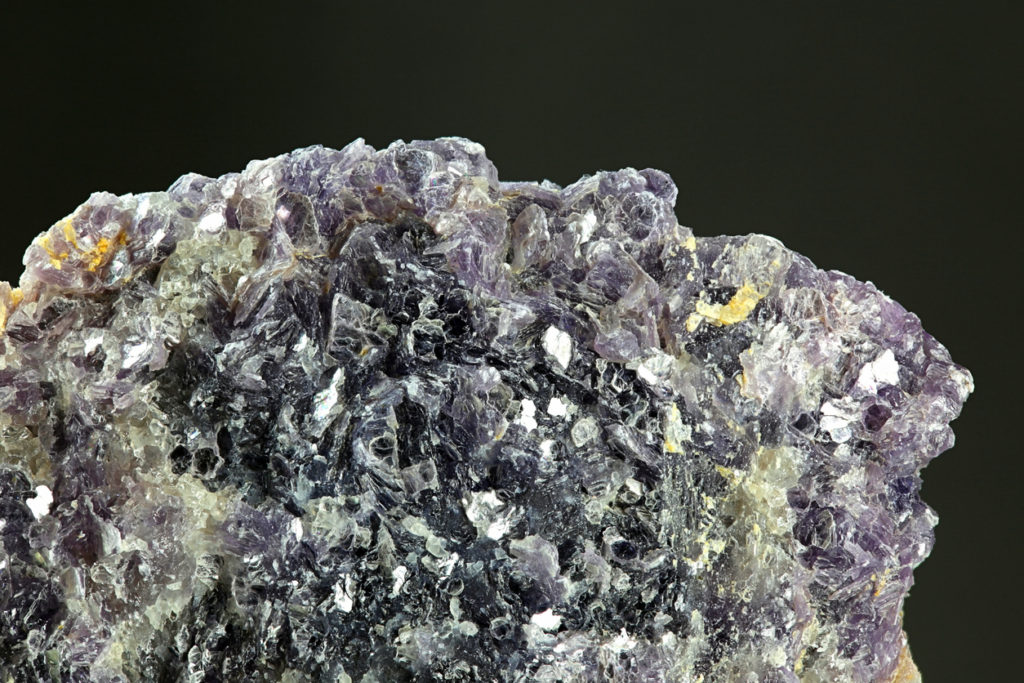
Using cutting-edge theoretical calculations performed at NERSC, researchers at the Foundry have predicted fascinating new properties of lithium – a light alkali metal that has intrigued scientists for two decades with its remarkable diversity of physical states at high pressures.
“Under standard conditions, lithium is a simple metal that forms a textbook crystalline solid. However, scientists have shown that when you put a lithium crystal under pressure, the atomic structure changes and, somewhat counterintuitively, its conductivity drops, becoming less metallic,” said Stephanie Mack, a graduate student research assistant at Berkeley Lab and first author of the study, published in PNAS. “We’ve discovered it also becomes topological, with electronic properties similar to graphene.”
Topological materials are a recently discovered class of solids that display exotic properties, such as having insulating interiors yet highly conductive surfaces, even when deformed. They are exciting for potential applications in next-generation electronics and quantum information science. According to co-authors and Foundry staff scientists Sinéad Griffin and Jeff Neaton, lithium becomes topological at high but experimentally achievable pressures, comparable to one-quarter of the pressure at the Earth’s center.
Thus far, most experimentally verified topological materials contain heavy, potentially toxic, elements. “But we’ve predicted that lithium, ostensibly a simple metal, can also have these unique properties,” said Mack.
From Berkeley Lab Science Snapshots.

